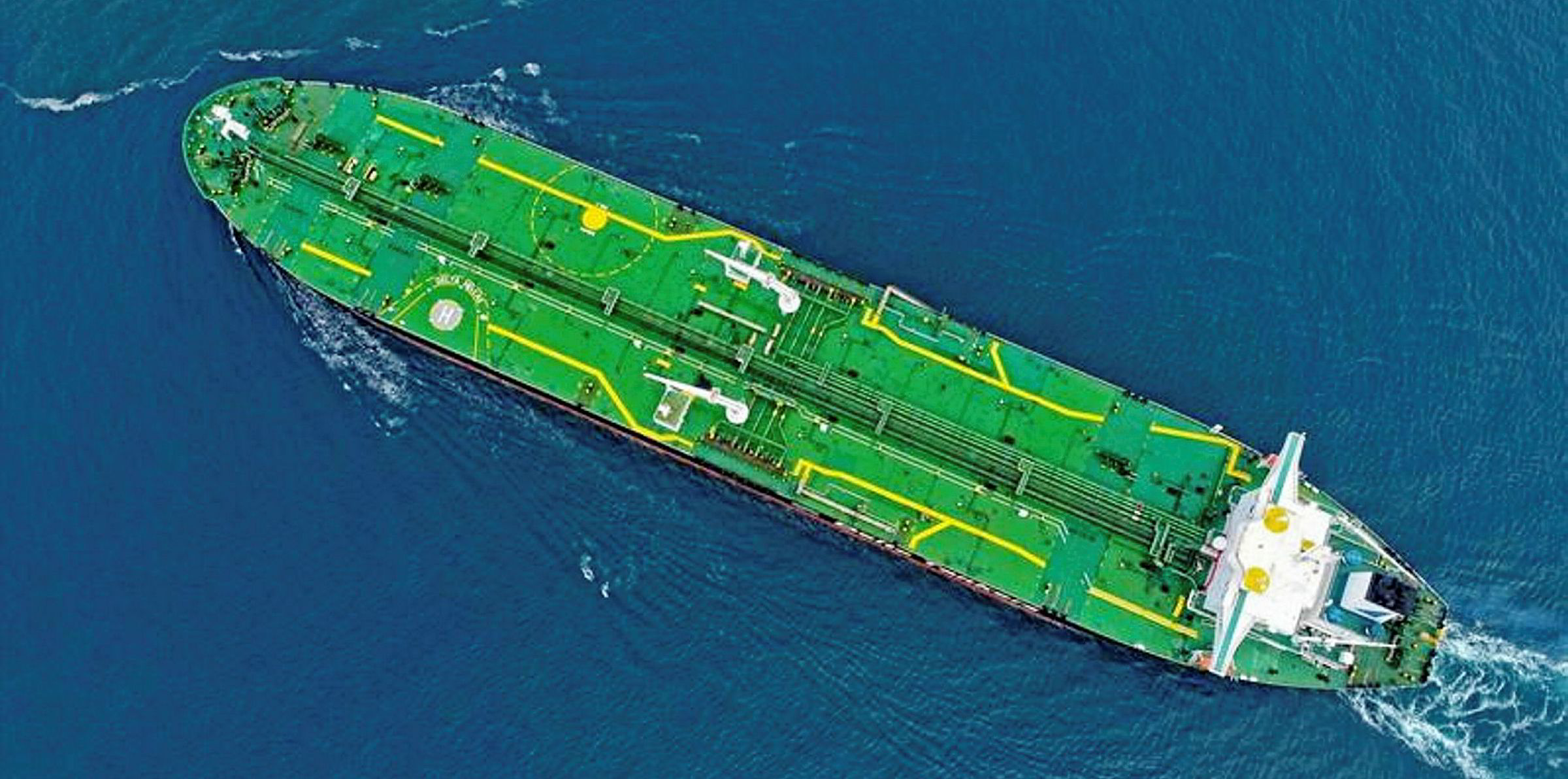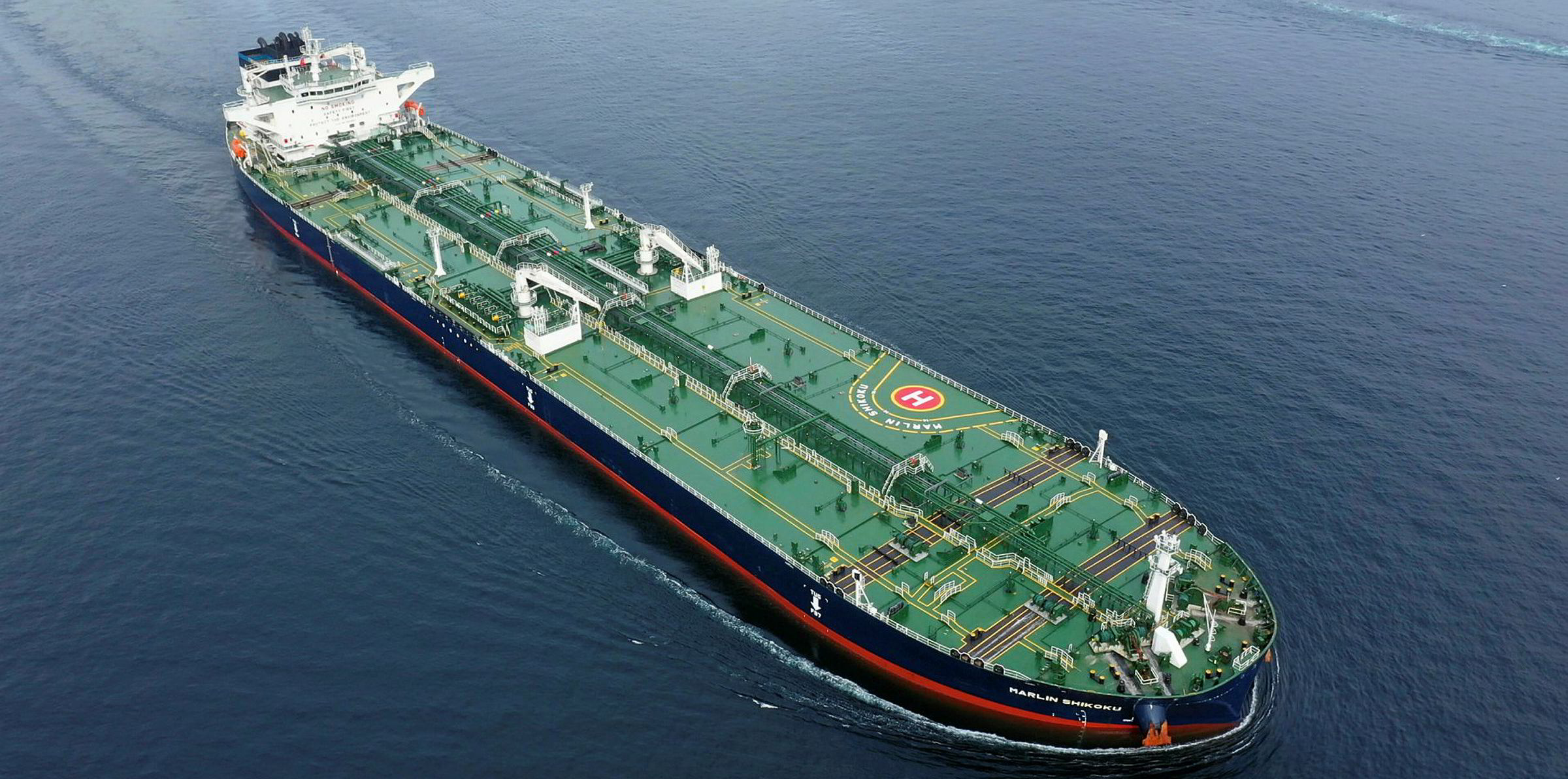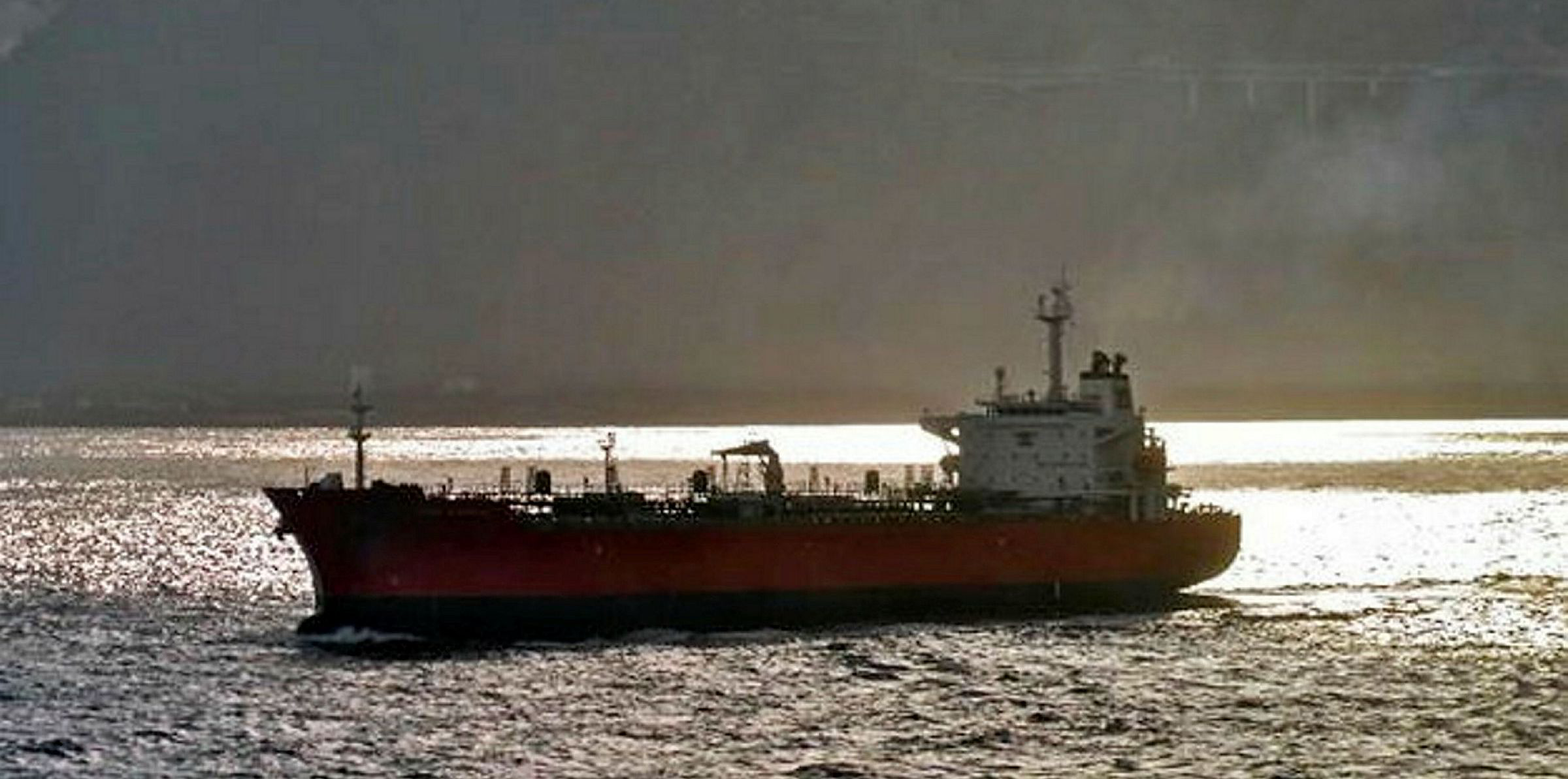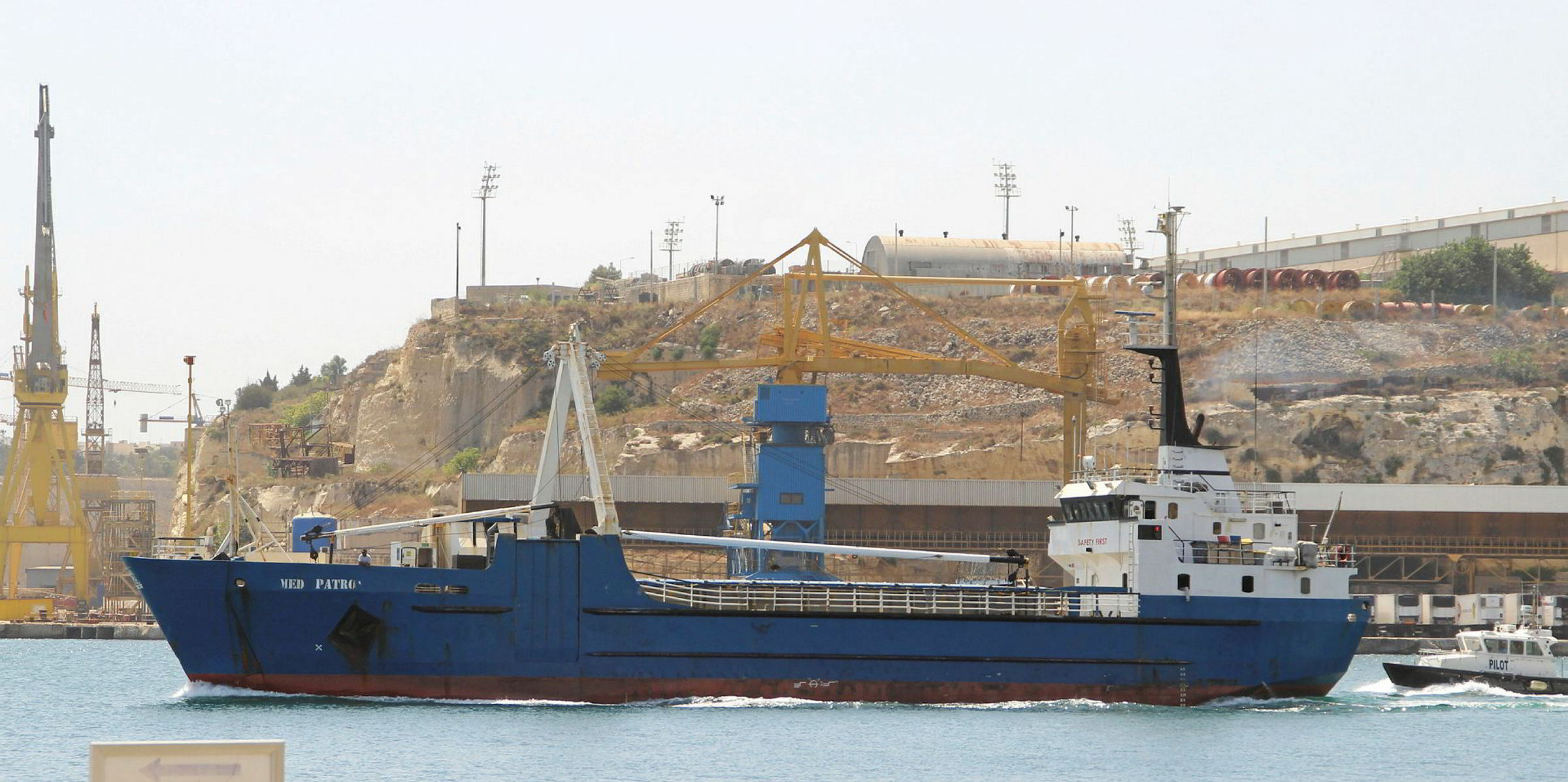Libya has planned to hike crude production and exports in the coming week, a development expected to revive aframax and suezmax tanker trades in the Mediterranean.
After Eastern Libyan general Khalifa Haftar lifted an eight-month oil blockade last week, state-owned National Oil Corp (NOC) has been resuming operations at several upstream facilities and terminals in the war-torn country.
“Libya have now started exporting, and it is only a matter of time until production is up and running again,” brokerage Fearnleys said in a note. “This will be a very welcomed happening.”
Greece’s Intermodal also described the development as a “positive supply-side note” in otherwise sluggish tanker markets.
“A glimpse of light is anticipated by owners as we move towards the end of the year,” the broker said in a research note.
Weak trade amid blockade
The Mediterranean tanker market has faced reduced demand after Haftar's Libyan National Army (LNA) blockaded the eastern terminals of Es Sider, Ras Lanuf, Zueitina, Brega and Hariga in January.
With NOC forced to shut down the production in main oil fields due to a lack of outlets, Platts estimated Libyan crude output had slumped to between 70,000 barrels per day (bpd) and 120,000 bpd in the past few months. This compared with the pre-blockade level of 1.1m bpd.
The Opec member’s crude exports have fallen to 120,000 bpd this year from 1.01m bpd in 2019, Kpler data shows.
In total, the blockade has cost Libya almost $10bn and continues to have disastrous effects on the national economy during the coronavirus pandemic, according to NOC.
“While the rest of the world is facing a historical financial and economic crisis, the Libyan state continues to suffer heavy losses,” chairman Mustafa Sanalla said in a Facebook post.
However, the situation is expected to improve soon as the LNA and the United Nations-recognised Government of National Accord have made progress in their peace talks this month.
NOC is now expecting its crude production to recover to 260,000 bpd while lifting force majeure on exports from Hariga, Brega and Zueitina. Some vessels have been scheduled to lift oil from storage facilities in the terminals later this week, the company said, without elaborating.
Vessel-tracking data suggests that the 156,000-dwt Delta Hellas (built 2009) and the 150,000-dwt Marlin Shikoku (built 2019) will lift a combined 2.1m barrels of crude from Hariga.
Reuters reported Unipec chartered the two ships. TradeWinds has approached Sinopec, the Chinese state major that owns Unipec, for comments on the liftings.
Another two suezmaxes are also rumoured to be tentatively fixed to lift from Libya, but charter details are sketchy.
Great uncertainty
Libya generally exports crude on aframaxes and suezmaxes to Europe and China, so the resumption of its oil trade would theoretically offer some much-needed demand in the tanker market.
The Baltic Exchange estimated average aframax earnings at $3,511 per day and suezmax at $2,444 per day on Wednesday, still close to their multi-year lows despite minor improvement this week.
Some observers remain sceptical about the overall market impact from Libyan exports, as producers in the Eastern Mediterranean and Black Sea could be squeezed out amid lacklustre oil demand.
Opec and its Russia-led allies, which have exempted Libya from their supply cut, could also ask some over-producing participants in the pact to reduce output while allowing Libya to grab back some market share.
Moreover, Kpler analysts expect the recovery in Libyan oil exports to be slow due to the presence of foreign mercenaries in some oil facilities.
“The potential return of Libyan oil export volumes will likely be slow beyond an initial period of de-stocking,” they wrote in a note.
“Given the fluidity of events, predicting the timeline in which Libyan production comes back online is fraught with the possibility of error as shutdowns due to skirmishes between armed groups in the country remains a distinct possibility.”







